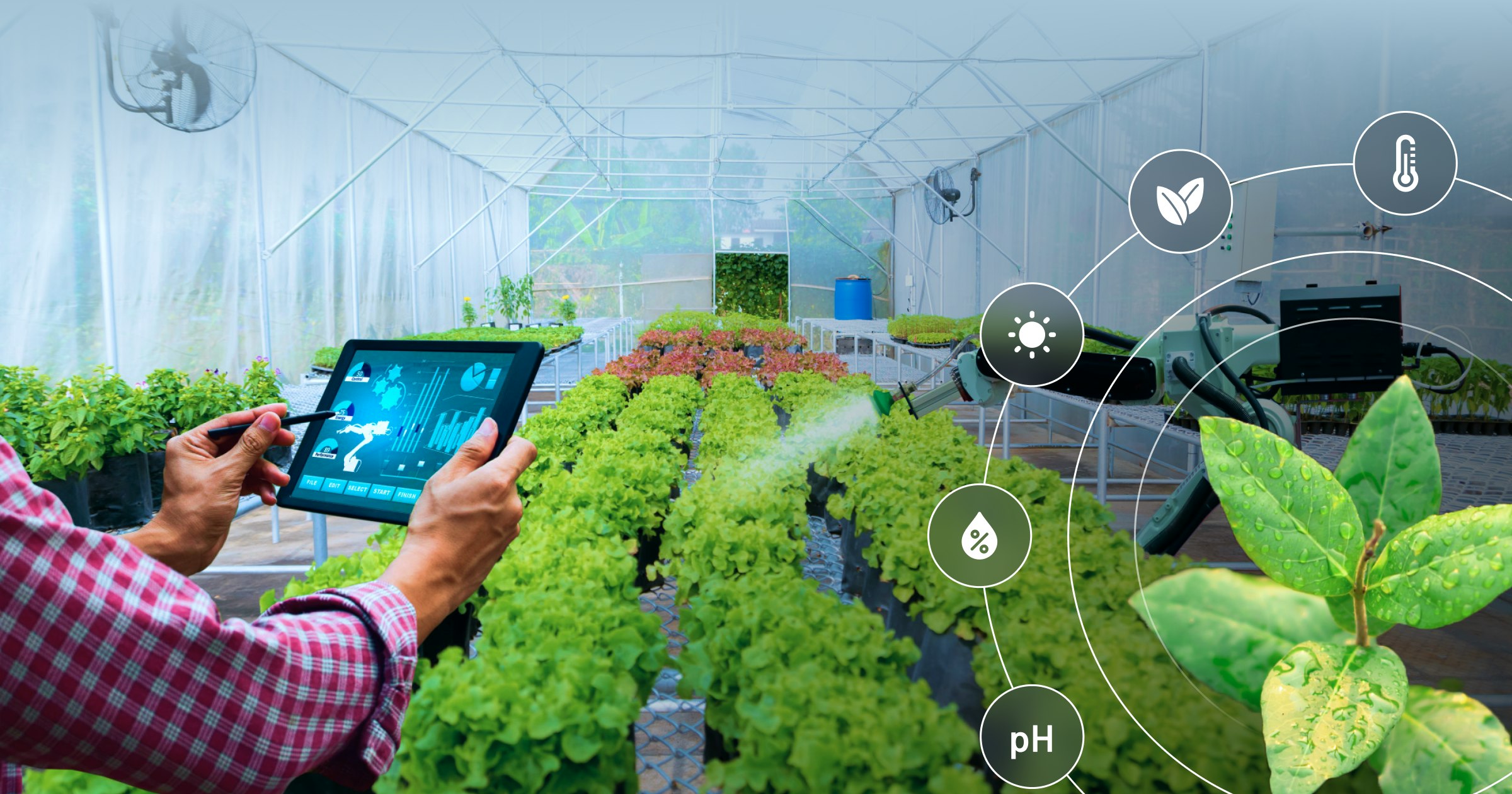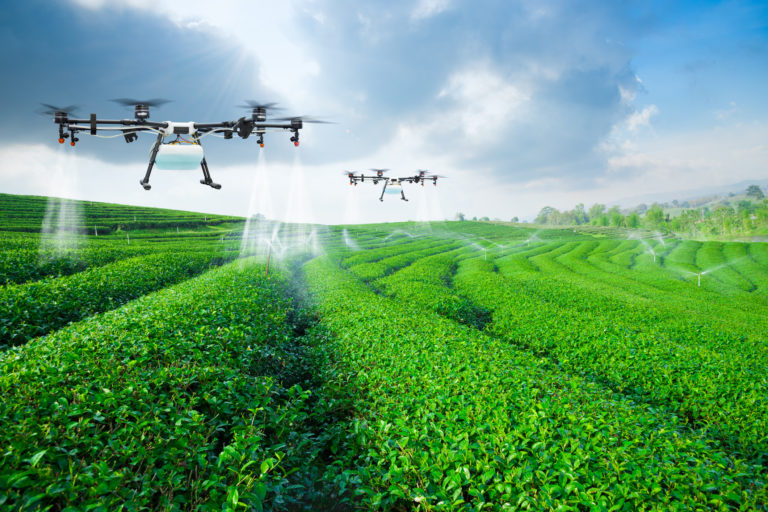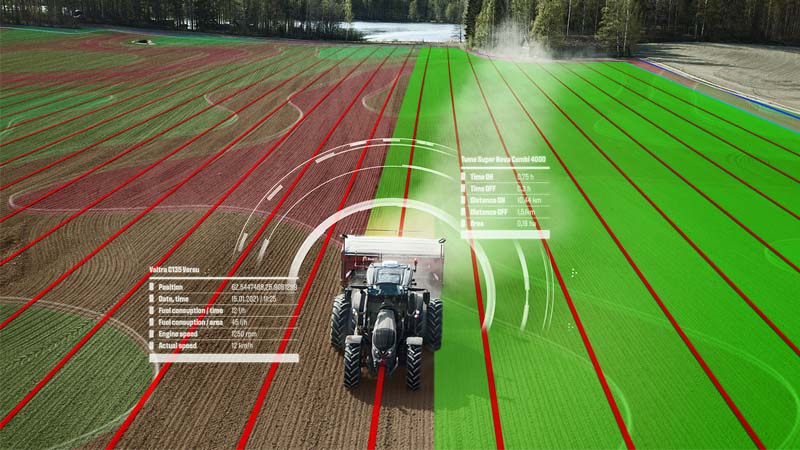Smart Farming Technology: How It’s Changing the Way We Grow Food
introduction
In the face of a rapidly growing global population, climate change, and dwindling natural resources, the agricultural sector is under immense pressure to produce more food sustainably. Enter smart farming technology, a revolutionary approach that leverages cutting-edge innovations like the Internet of Things (IoT), artificial intelligence (AI), big data, and robotics to transform traditional farming practices. Smart farming is not just a buzzword; it’s a paradigm shift that is reshaping the way we grow, manage, and distribute food. This article explores how smart farming technology is changing agriculture, its key components, benefits, challenges, and what the future holds for this transformative movement.
What is Smart Farming Technology?
Smart farming, also known as precision agriculture, refers to the use of advanced technologies to monitor, analyze, and optimize agricultural practices. Unlike traditional farming, which often relies on manual labor and guesswork, smart farming uses data-driven insights to make informed decisions. This approach ensures that crops and livestock are managed more efficiently, reducing waste and maximizing productivity.
At its core, smart farming integrates technologies such as:
Internet of Things (IoT): Sensors and connected devices collect real-time data on soil conditions, weather, crop health, and more.
Artificial Intelligence (AI) and Machine Learning: Algorithms analyze data to provide actionable insights, such as predicting crop yields or detecting diseases.
Drones and Satellites: These tools provide aerial imagery and mapping to monitor large fields and identify issues like pest infestations or water stress.
Robotics: Automated machines perform tasks like planting, harvesting, and weeding with precision.
Big Data Analytics: Farmers can analyze vast amounts of data to optimize planting schedules, irrigation, and fertilizer use.
How Smart Farming is Changing Agriculture
1. Precision Agriculture: Doing More with Less
One of the most significant impacts of smart farming is the rise of precision agriculture. By using GPS technology, sensors, and data analytics, farmers can apply inputs like water, fertilizers, and pesticides with pinpoint accuracy. This reduces waste, lowers costs, and minimizes environmental impact. For example, soil sensors can measure moisture levels and nutrient content, allowing farmers to irrigate and fertilize only where needed.
2. Real-Time Monitoring and Decision-Making
Smart farming enables farmers to monitor their fields in real time. IoT devices collect data on temperature, humidity, soil conditions, and crop health, which is then transmitted to a central system. Farmers can access this information via smartphones or computers, allowing them to make quick, informed decisions. For instance, if a sensor detects a drop in soil moisture, the farmer can activate irrigation systems remotely.
3. Enhanced Crop Yields and Quality
By leveraging AI and machine learning, farmers can predict the best times to plant and harvest crops, optimize growing conditions, and detect diseases early. This leads to higher yields and better-quality produce. For example, AI-powered image recognition can identify signs of plant diseases or nutrient deficiencies before they become widespread, enabling timely intervention.
4. Sustainable Farming Practices
Smart farming promotes sustainability by reducing the overuse of resources. Precision irrigation systems, for instance, ensure that water is used efficiently, addressing the global issue of water scarcity. Similarly, targeted application of fertilizers and pesticides minimizes runoff, protecting nearby ecosystems. These practices not only benefit the environment but also improve the long-term viability of farming operations.
5. Automation and Labor Savings
Labor shortages are a significant challenge in agriculture, especially in developed countries. Smart farming addresses this issue through automation. Robots can perform repetitive tasks like planting, weeding, and harvesting, reducing the need for manual labor. Autonomous tractors and drones can cover large areas quickly, saving time and effort.
6. Improved Livestock Management
Smart farming isn’t limited to crops; it also extends to livestock management. Wearable devices like smart collars and ear tags monitor the health, location, and behavior of animals. This data helps farmers detect illnesses early, optimize feeding schedules, and improve breeding programs. For example, sensors can alert farmers if a cow is sick or in heat, ensuring timely care and increasing productivity.
7. Data-Driven Supply Chain Management
Smart farming technology also enhances supply chain efficiency. By tracking crops from field to market, farmers can ensure better quality control and reduce post-harvest losses. Blockchain technology, for instance, can provide transparent and tamper-proof records of a product’s journey, boosting consumer trust and enabling fair pricing.
Benefits of Smart Farming Technology
The adoption of smart farming technology offers numerous benefits, including:
Increased Productivity: Optimized farming practices lead to higher crop yields and better-quality produce.
Resource Efficiency: Precise application of water, fertilizers, and pesticides reduces waste and lowers costs.
Environmental Sustainability: Smart farming minimizes the ecological footprint of agriculture, promoting biodiversity and reducing pollution.
Cost Savings: Automation and data-driven decisions help farmers save on labor and input costs.
Resilience to Climate Change: Real-time monitoring and predictive analytics enable farmers to adapt to changing weather patterns and mitigate risks.
Improved Food Security: By increasing efficiency and reducing losses, smart farming contributes to global food security.
Challenges and Limitations
Despite its many advantages, smart farming technology is not without challenges:
High Initial Costs: The upfront investment in smart farming technologies can be prohibitive for small-scale farmers.
Technical Knowledge: Farmers need training to effectively use and maintain advanced technologies.
Data Privacy and Security: The collection and sharing of agricultural data raise concerns about privacy and cybersecurity.
Infrastructure Requirements: Reliable internet connectivity and electricity are essential for smart farming, which can be a barrier in rural areas.
Resistance to Change: Some farmers may be hesitant to adopt new technologies due to a lack of trust or familiarity.
The Future of Smart Farming
The future of smart farming looks promising, with continuous advancements in technology driving further innovation. Here are some trends to watch:
Integration of 5G: The rollout of 5G networks will enable faster and more reliable data transmission, enhancing the capabilities of IoT devices and drones.
AI-Powered Predictive Analytics: AI will become even more sophisticated, providing farmers with highly accurate predictions and recommendations.
Vertical Farming and Urban Agriculture: Smart farming technologies will play a key role in the growth of vertical farms and urban agriculture, enabling food production in densely populated areas.
Collaborative Robots (Cobots): These robots will work alongside humans, assisting with tasks that require precision and dexterity.
Blockchain for Transparency: Blockchain technology will be increasingly used to ensure transparency and traceability in the food supply chain.
Climate-Smart Agriculture: Smart farming will focus on developing solutions that help farmers adapt to and mitigate the effects of climate change.
Conclusion
Smart farming technology is revolutionizing agriculture, offering solutions to some of the most pressing challenges facing the industry. By harnessing the power of IoT, AI, robotics, and big data, farmers can grow more food with fewer resources, reduce their environmental impact, and improve their livelihoods. While challenges remain, the potential benefits of smart farming are too significant to ignore. As technology continues to evolve, smart farming will play an increasingly vital role in ensuring a sustainable and food-secure future for all. Whether you’re a farmer, a policymaker, or a consumer, the rise of smart farming is a development worth watching—and supporting.



